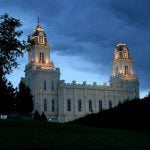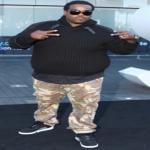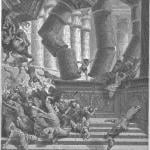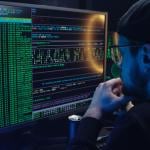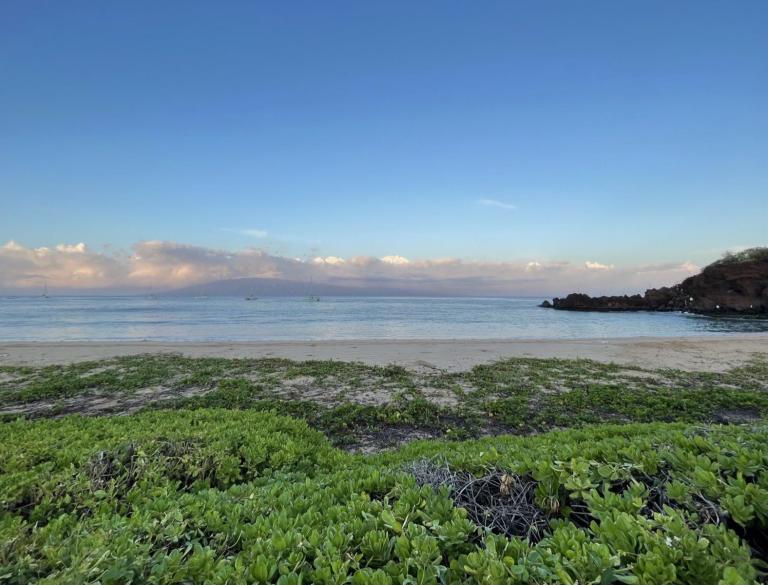

***
I’m pleased to announce that a new video, an hour and fifty-eight minutes in length, has now gone up on the website of Deseret Book:
“What Is My Witness? Reflections From the Cast and Crew of Witnesses“
“Join the filmmakers and cast of Witnesses for a compelling look into the making of their critically acclaimed film.”
It is accessible for your viewing at no charge. [ETA: Actually, it appears that you need to get behind the Deseret/Excel pay wall to view it or that you can gain access to it by enrolling for a free trial subscription. Or something of that sort. My mistake.]
***
I think that I first came to Maui when I was seventeen, with a group of friends from high school. I had been to Hawaii once before, with my parents at the age of five, but I only remember visiting Oahu and Kauaʻi. I also remember that it all seemed entirely magical to me. On my second visit, during or just following my senior year of high school, we went to Oahu (of course, that being the location of the only major Hawaiian airport at the time), and to Maui and the Big Island. Maybe to Kauaʻi, as well, but I don’t remember that. On Maui, we stayed at the old Pioneer Inn, in Lāhainā. It’s still there, and it’s even older. Or, if you will, it’s still very quaint. For some reason that I no longer recall, I spent a lot of time walking alone one day along the beaches adjacent to Lāhainā. All the way over to where I now sit, and maybe beyond. But it was very different then. The Ka’anapali resort area was just beginning to be developed at the time, and what I mostly recall is hot sand — Lā hainā means “cruel sun,” but I thought it very pleasant, and there was always water nearby for when the heat began to be too much — and green fields extending mauka (inland) up the slopes of the West Maui Mountains, which represent the remains of the older, western, volcano that, with the newer Haleakalā to the east, formed the island. They shimmered in the hot, humid air.
I also remember losing my wallet that day, looking in vain for it over the course of several hours, and having to survive for the rest of our trip off of food money borrowed from friends. About a year later, curiously, the wallet arrived by mail at my parents’ house in southern California, sans return address on the envelope and sans cash within.
My seventeen-year-old self could scarcely have imagined what Ka’anapali looks like today, let alone what my older self has become. It didn’t imagine overlooking the beach with my wife from an eighth floor patio. It didn’t really contemplate senior citizenship. Ah well. The passage of time.
During a subsequent visit to Ka’anapali in 2014, staying at a different place, I actually wrote a column about religious and historical aspects of the area that remains something of a favorite of mine. I’ve just reread it:
“Diving into the afterlife in Hawaii”
***
I continue to go through old blog entries, culling out items from them that I think will prove useful for certain writing projects that I have in view. Many of them, as it happens, broadly concern religion and science or faith and reason, and I share a few of them here:
Because a fact seems strange to you, you conclude that it is not one. . . . All science, however, commences by being strange. Science is successive. It goes from one wonder to another. It mounts by a ladder. The science of to-day would seem extravagant to the science of a former time. Ptolemy would believe Newton mad. (Victor Hugo)
A thoughtful comment from the Latter-day Saint philosopher Adam Miller:
“Faith is more like being faithful to your husband or wife than it is like believing in magic. Fidelity is key. You may fall in love with someone because of how well they complement your story, but you’ll prove yourself faithful to them only when you care more for the flawed, difficult, and unplotted life you end up sharing with them. Faith isn’t the opposite of knowledge. Rather, like love, faith perfects knowledge by practicing fidelity to it.”
“It is no more heretical to say the Universe displays purpose, as [Sir Fred] Hoyle has done, than to say that it is pointless, as Steven Weinberg has done. Both statements are metaphysical and outside science. Yet it seems that scientists are permitted by their own colleagues to say metaphysical things about lack of purpose and not the reverse. This suggests to me that science, in allowing this metaphysical notion, sees itself as religion and presumably as an atheistic religion (if you can have such a thing).”
Michael Shallis, “In the eye of a storm,” New Scientist, 101 (1393): 42–43 (19 January 1984)
Nicholas Rescher (b. 1928), a German-American philosopher of science, historian of philosophy, logician, and epistemologist at the University of Pittsburgh, is the youngest person ever to have earned a doctorate in philosophy from Princeton University. He is the Chairman of the Center for Philosophy of Science and formerly served as Chairman of Pittsburgh’s Philosophy Department. He has also served as president of the American Catholic Philosophical Association, the American G. W. Leibniz Society, the American Metaphysical Society, the American Philosophical Association, and the C.S. Peirce Society, and is the founder of the American Philosophical Quarterly:
“The theorist who maintains that science is the be-all and end-all — that what is not in science books is not worth knowing — is an ideologist with a peculiar and distorted doctrine of his own. For him, science is no longer a sector of the cognitive enterprise but an all-inclusive world-view. This is the doctrine not of science but of scientism. To take this stance is not to celebrate science but to distort it by casting the mantle of its authority over issues it was never meant to address.”
Posted from Ka’anapali, Maui, Hawaiʻi






